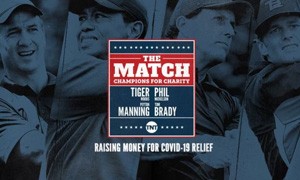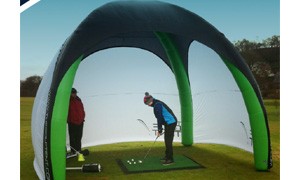Thoughts From Toski
USGTF Member, Boca Raton, Florida
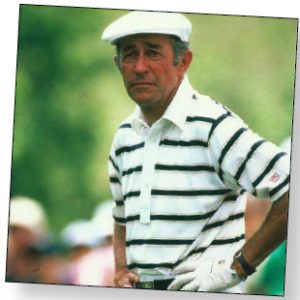 I have been asked to write this article at the request of Bob Wyatt, who was in my junior class at my first club job at Kings Bay in Miami, Florida, in 1957, after I retired from the tour.I have read the series of articles in your magazine and must compliment those instructors who have passed on their knowledge of the golf swing and golf in general. In observing the modern golf swings today, I have noticed the following techniques:
I have been asked to write this article at the request of Bob Wyatt, who was in my junior class at my first club job at Kings Bay in Miami, Florida, in 1957, after I retired from the tour.I have read the series of articles in your magazine and must compliment those instructors who have passed on their knowledge of the golf swing and golf in general. In observing the modern golf swings today, I have noticed the following techniques:


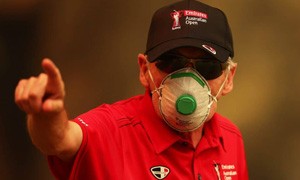
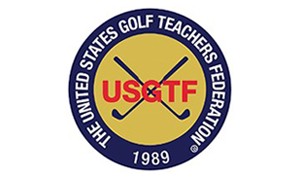

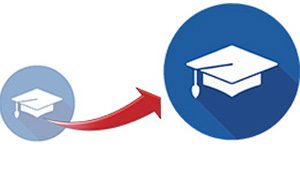 Current members may also take advantage of continuing education courses offered in the form of earning a Certified Professional Golf Coach® and/or Certified Golf Club Manager® designation. These ongoing certification courses have been very beneficial in the careers of many. Please
Current members may also take advantage of continuing education courses offered in the form of earning a Certified Professional Golf Coach® and/or Certified Golf Club Manager® designation. These ongoing certification courses have been very beneficial in the careers of many. Please 